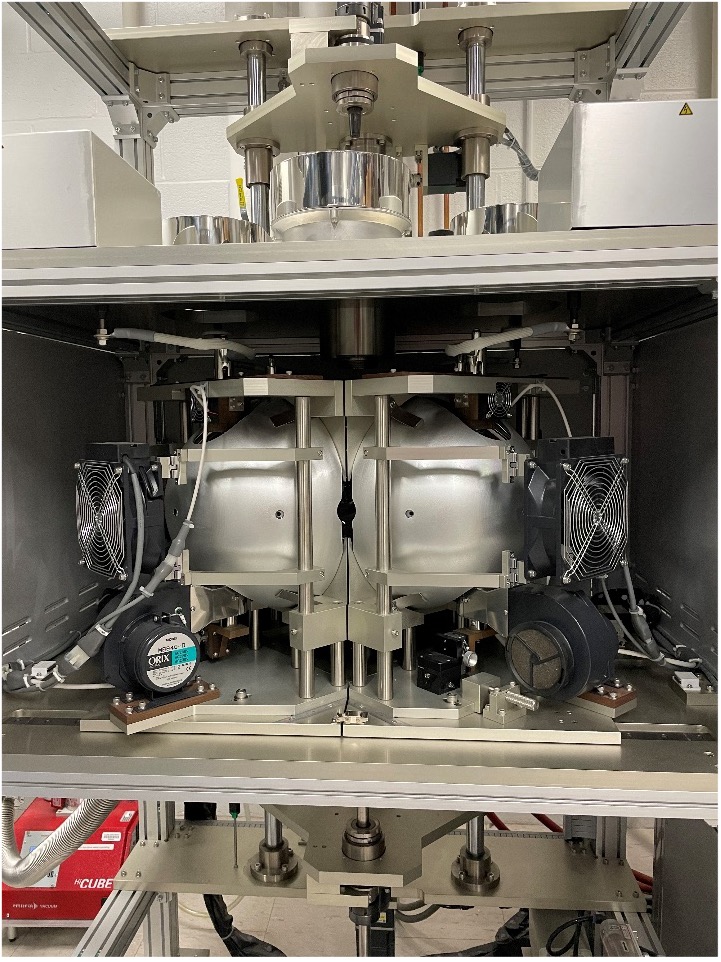Facilities and Resources
Materials Characterization and Processing
Website The MCP is the core facility at Johns Hopkins University that serves as a hub for interdisciplinary materials research and characterization through a suite of advanced tools to process and examine materials from the macroscale to the atomic scale. JHU has invested in a new state of the art facility with >13,000 sq. ft. […]
PARADIM: Bulk Crystal Growth Facility
Website The PARADIM Bulk Crystal Growth Facility is located at Johns Hopkins University. Together with the thin film growth facilities at Cornell, it provides unprecedented capabilities for discovery of new materials and interfaces. The PARADIM Bulk Crystal Growth Facility is the only facility within the United States where all major optical FZ techniques are available […]
National Institute of Standards and Technology
The National Institute of Standards and Technology (NIST) was founded in 1901 and is now part of the U.S. Department of Commerce. NIST is one of the nation’s oldest physical science laboratories. Congress established the agency to remove a major challenge to U.S. industrial competitiveness at the time — a second-rate measurement infrastructure that lagged […]
Brookhaven National Laboratory
Brookhaven National Laboratory delivers discovery science and transformative technology to power and secure the nation’s future. Primarily supported by the U.S. Department of Energy’s (DOE) Office of Science, Brookhaven Lab is a multidisciplinary laboratory with seven Nobel Prize-winning discoveries, 37 R&D 100 Awards, and more than 70 years of pioneering research.
SLAC National Accelerator Laboratory
As one of 17 Department of Energy national labs, SLAC pushes the frontiers of human knowledge and drives discoveries that benefit humankind. We invent the tools that make those discoveries possible and share them with scientists all over the world. X-rays Reveal the Atomic World Our 2-mile-long particle accelerator is the lab’s backbone. Once […]
Nanoscale Materials Characterization Facility (NMCF)
The Nanoscale Materials Characterization Facility (NMCF) staff provide analytical services and solutions to academia and industry by characterizing materials of all types. Analysis of structure, composition, and defects utilizing X-ray diffraction (XRD), surface analysis and chemistry (XPS), metallography, optical imaging and Raman spectroscopy, scanning electron microscopy (SEM) and transmission electron microscopy (TEM) are typically combined […]
Eyring Materials Center
The Eyring Materials Center was established in 1974 on the premise that researchers at Arizona State University should have open access to sophisticated techniques for materials characterization. The center supports materials research across a broad range of scientific disciplines, including physics, chemistry, biological sciences, geology and engineering. The center has a four-decade legacy of training researchers on […]
Resources
© Multidisciplinary University Research Initiative (MURI), Department of Materials Science & Engineering at Johns Hopkins. All Rights Reserved. | admin login











